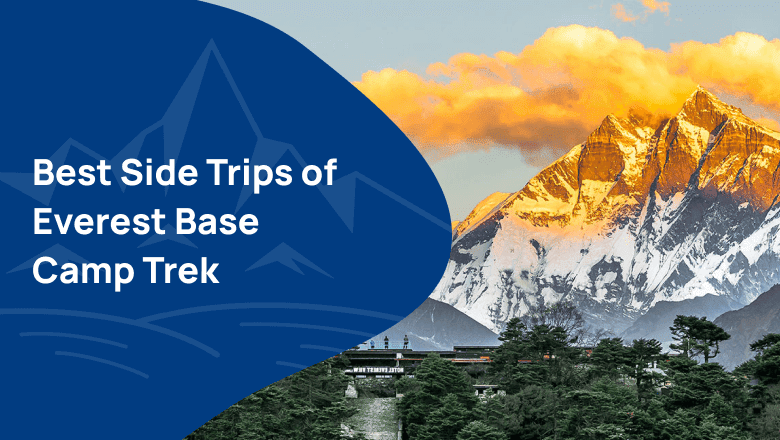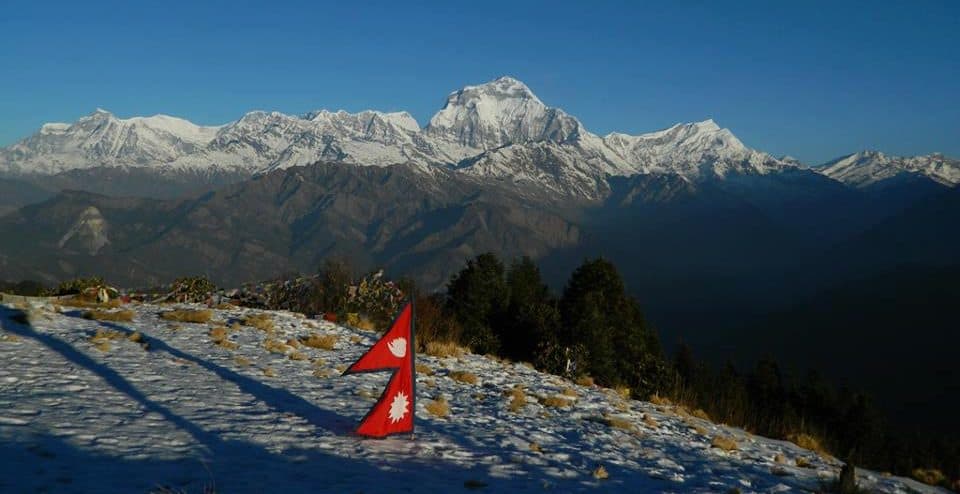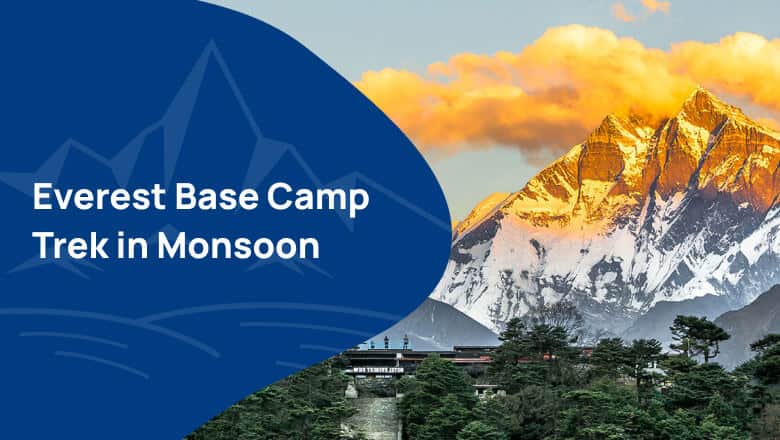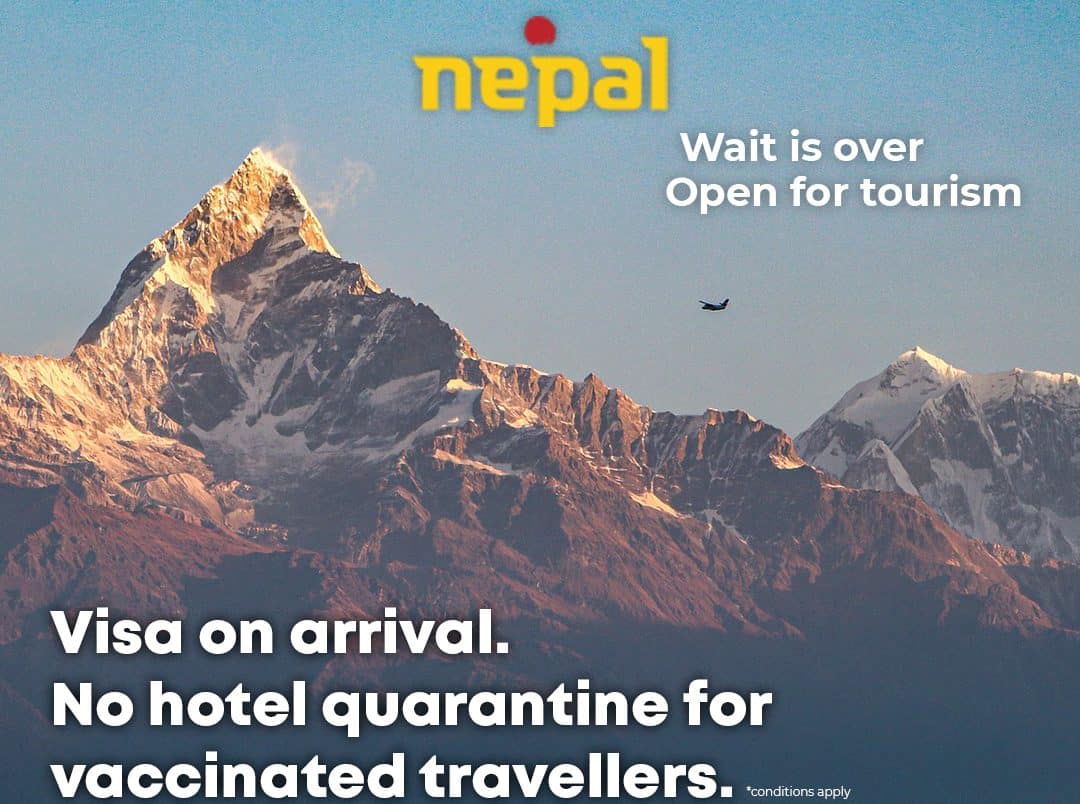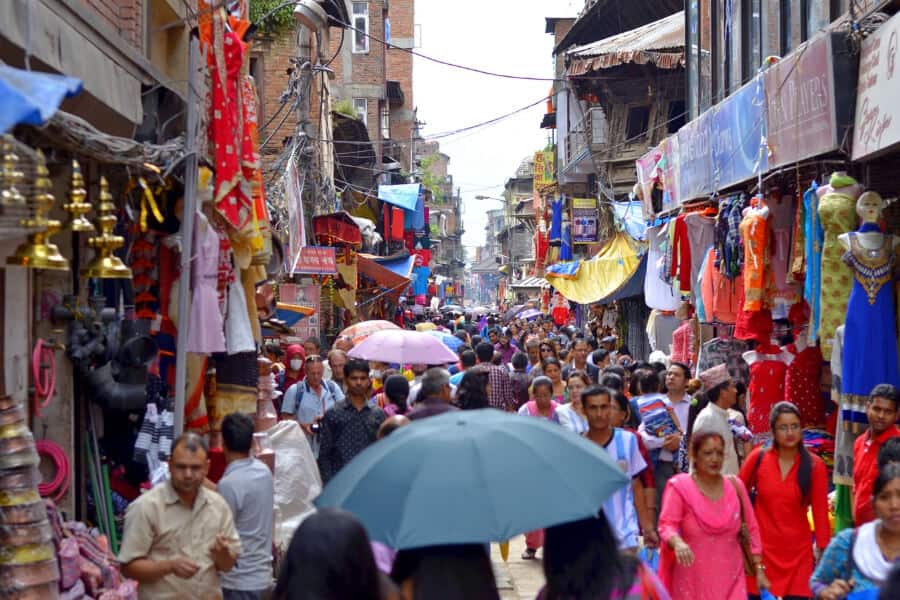
What to wear in Nepal is a bit complicated and challenging. There are various aspects that will determine what to wear in Nepal. Those aspects could be cultural, weather, location, etc.
Summer in Nepal is hot and dry in almost every region of the country, which will last from June to August. In the higher altitude regions, the temperature will be moderate. While, in the mid-central area and the northern part, see Pleasant and warm summers. Summers allow you to wear all kinds of summer outfits. For females, they can put on dresses like frocks, shorts, sleeveless tops, and jeans, if the climate permits.
Spring and autumns are pleasant and warm. The northern region, however, begins to get colder. Generally, the days are hot and the mornings and the evenings are chilly. A thin sweater or jacket will be more than enough to shield you from the cold. Winter in Nepal is harsh, mostly in every part of the country. You will need to dress well to shield yourself from the cold.
Moreover, monsoon season is the most challenging thing in Nepal as you may face the heavy rainfall, storm, landslide on your trek. So, you need to be more careful during this season. You need to pack a waterproof jacket, waterproof pants, umbrella, raincoat, and many more.
Similarly, what to wear in Nepal is also influenced by culture. We recommended you to wear a decent dress if you are visiting cultural heritage sites such as the temple, the stupa, monasteries. Likewise, you have to remove your footwear outside of these places as it is not allowed to enter inside the sites with shoes.
Contents
What to Wear in Nepal for Trekking?
What to wear in Nepal while trekking is also influenced by the season. However, in winter, you will need warmer clothes and have to leave the cotton pants and shorts worn. Cotton dresses can only be wearable at lower altitudes in summer.
The weather at higher altitudes is highly unpredictable. It is always recommended to dress in layers while trekking. Wearing layers of clothes will help you to manage both day and evening time. You can add a layer if it gets colder and takes off a layer if the weather gets warmer.
Trekking Pants
It is very important to have comfortable trekking pants while doing the trek. Lightweight nylon pants are recommended while trekking. They get dry quickly, provide sun protection and air permeable. You can buy the convertible ones as it can get hot in the afternoons.
Lightweight T-Shirts
You should carry a mixture of a short and long-sleeved t-shirt for your trek. You might need both kinds of a t-shirt during the trek. The smart thing you can do is carry lightweight T-shirts so that you can manage the space and weight in your bag. We recommend you to buy a synthetic one, as they dry the moisture from your body more easily than other materials.
Waterproof Pants
Waterproof pants help you to protect your legs from rain, snow, and wind. A good waterproof pant can be useful to walk comfortably in any kind of weather.
Fleece Pullover or Jacket
A fleece jacket is lightweight and made of polyester synthetic wool such as Polar Fleece. Typically, it has a zipper up the middle, rather than buttons. Normally, it is not waterproof, so you can wear it as a second layer for extra warmth.
Hiking Shorts
If you are hiking in the lower region then it might be hot on a sunny day. During these days shorts are cooler than pants and much more comfortable as well. You can use shorts instead of trekking pants during hot days.
Lightweight trekking pants
The pants which are specially made up of nylon are recommended for trekking. These types of pants are air permeable, provides sun protection and easily get dried. Lightweight pants are also comfortable for walking and some of them are waterproof as well.
Waterproof Jacket
Whatever the season, you cannot take the risk of rain lightly when you’re trekking. Waterproof trousers, on the other hand, are only really worth packing if you know you’re trekking in a risky season. Otherwise, regular trousers in a quick-dry fabric are fine. The jackets which are of Gore-Tex or proofed nylon are recommended to buy. The outer layer of this type of jackets protects you from rain, wind, and snow. Trekkers mainly prefer to use this jacket at a higher altitude
Heavy down jacket
Heavy down jackets are best because it has the finest warmth to weight ratio. It has an insulating layer that will keep your body warm and cozy. The jacket is suitable to tolerate the freezing temperature at a higher altitude. It is easy and comfortable to wear as well.
Gloves
There’s nothing worse than trekking with freezing cold hands. Trekking gloves are a worthwhile addition to your trekking wardrobe list. There is a wide variety of gloves warmth and design available in the market. Most people prefer to use lightweight or fleece liner gloves. Likewise, waterproof rain gloves are also important to carry to protect you from the snow or rain.
Useful tips: What to wear in Nepal
Here are some of the useful tips that will help you to know what to wear in Nepal.
Comfortable clothes and shoes
Trekking in Nepal means extensive hiking and walking. In this kind of situation, you need comfortable clothing that allows you to walk easily. Besides wearing comfortable clothing your clothes also need to protect you from rain, pollution, sunlight and also wick away the moisture from your body.
Protection from rain
Weather in Nepal is quite unpredictable. You may face a rain shower suddenly in your trek so it’s better to carry waterproof jackets or shoes with you. Thus, always carry rain gears to reach your destination in a dry and well manner. You can carry a raincoat, umbrella and waterproof boots with yourself. You can also bring a windproof and waterproof jacket in order to avoid the cold.
Layering
In the course of a day, the temperature frequently changes so layering is the best way to adjust in such changing temperature. During the long treks the temperature changes drastically so keep something warm and wear something light in the day time. In the day time, you can wear shorts and a long-sleeved shirt. Whereas, in the evening the temperature gets cold so pack a jacket or sweater. Basically, layering clothes will help you to regulate your body temperature by removing or adding layers.
Wearing decent outfits on cultural events
If you are invited to any cultural events or thinking to participate in any festivals then we recommend you to wear something decent and modest. Though Nepalese people are liberal and broad-minded when it comes to cultural events or any religious festivals then it will look good to wear something traditional or formal dress. But it is not mandatory to wear a traditional dress just wearing a simple T-shirt and pants will also garner respect. Similarly, men can pretty much what westerner’s always wearing, it’s pretty much the same.
Remove footwear
Kathmandu is also known as the city of the temple. This capital city offers you a lot of things to see. The major attraction of this city is the old and ancient temples, Stupa, Durbar Squares, and museums. In most of these heritage sites, you will be required to remove your shoes outside. You cannot even carry or keep inside your bag.
Weather in Nepal
What to wear in Nepal while trekking is also influenced by the season. So, here we have recommended the travelers what to wear according to the weather pattern in Nepal.
Winter – December, January, February
In the higher altitude regions of Nepal receives heavy snowfall. The trekking trails will be blocked and you can hardly get any accommodations to stay. Most people avoid trekking at high elevation during these months unless you have a professional guide and a proper gear. Packing for this season requires warmer clothes such as heavy down jackets, thick socks, long johns, hoodies and wool scarves. The average temperature will be between 9-degree Celcius to 12 degrees Celcius (depending on the region). During this season tourists are suggested to have a short trek or hiking. They can also explore the heritage and cultural sites of Nepal such as monasteries, temples, the stupa, and national parks. In these areas, you won’t face snowfall so you can wear warm dresses but the temperature won’t be so freezing like in the higher altitude area.
Spring – Mid-February, March, April
Spring season is considered as the best season for trekking and hiking. Springtime in Nepal offers you to have a view of clear blue skies, rhododendrons to bloom and explore other flora and fauna. The temperature in the lowland area tends to be warmer, while at higher altitude regions has moderate temperatures. The packing during the spring season entirely depends on the location where you are going for a trekking or visiting. Ladies can pack t-shirts, trousers or leggings and a lightweight jacket or sweater for when the temperature drops. Whereas, men might want to pack hoodies, long-sleeved T-shirts and trekking pants. The temperature average between 16-degree Celcius to 23-degree Celcius (depending on the region).
Summer – May, June, July, August
Summers in Nepal is quite hot and humid. You will find both hot and dry days to wetter and humid days during this season. The monsoon period also falls under this season. The plain area or Southern part of Nepal will have a high temperature around 45-degree celsius. Whereas in the mountainous regions, the temperature during day time its quite warm and night will be moderate. If you are planning to trek during this season then don’t forget to pack the waterproof and windproof gears. In this season you will need the materials which will protect you and your things from the rain and sun both. Rain jacket, umbrella, walking poles, sunglasses, waterproof bag, windproof jacket, and waterproof pants are the most important things that you can’t miss during this season.
Fall – Mid-September, October, November
Fall is the busiest season of the year in Nepal. If you are planning for trekking in Nepal during this season then this is the best decision to make. During this month the visibility of mountains and surroundings areas are green, clear and magnificent views will amaze you.
During this season Nepal celebrates the biggest Hindu festivals: Dashain and Tihar. Besides exploring the natural beauty of Nepal trekkers can also experience the festival and culture of Nepalese society. Packing for this season might be confusing for you that how much to pack and what to pack. During the day time, the temperature will warm and moderate so you can wear pants, long-sleeved T-shirts, shorts. Whereas, as the temperature goes down at night so you might need a sweater or lightweight jacket. During this season the temperatures averages between 15-degree Celsius to 24-degree Celsius (depending on the region).
Clothes for Hiking
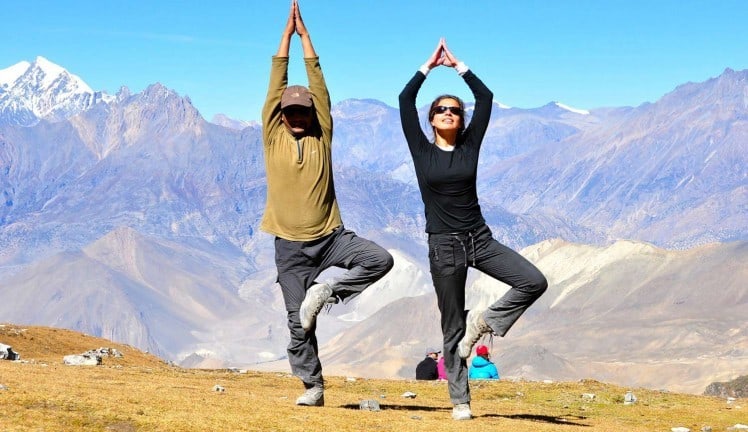
Here are some tips that will help you to know what to wear for hiking in Nepal.
- Always wear comfortable shoes while hiking. It is also recommended to wear what you have already worn.
- Pack clothes that are of lightweight, good breathability and with fast-drying fabric
- Wear clothes in layers. Your base layer should be a synthetic T-shirt, thin thermal shirt. You can wear long sleeves T-shirts if you’re sensitive to the sun.
- Don’t forget to pack the small things such as a fleece hat, gloves, microfiber towel, and sun cream.
- Wear the outer layer jacket which is of windproof and waterproof

